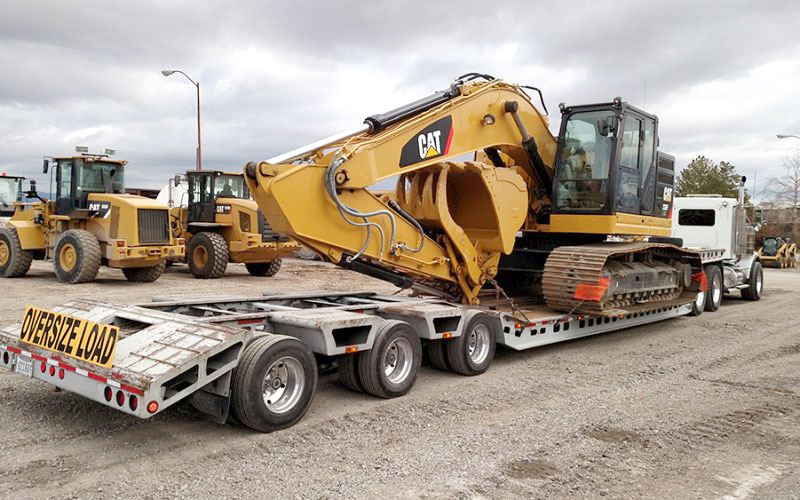Transporting heavy construction vehicles and equipment can be a challenging task, especially over long distances and rough terrain. The sheer size and mass of bulky construction equipment make them impossible to ship like regular cargo. When browsing through construction machinery for sale or hire, moving the machinery to the worksite becomes an apparent concern. However, here are a few steps you should follow to get moving.
Decide on the transportation method
Consult the equipment manual and consider the distance to decide on the most suitable way to transport the machinery.
Use a flatbed trailer to transport small diggers, excavators, forklifts, and loaders. With larger equipment, you might have to disassemble some of the parts to avoid abnormal load designation. In the UK, any load that weights over 44,000kgs, a width exceeding 2.9 meters, or a rigid length longer than 18.65 meters is designated as an abnormal load. You may require administrative permissions and specialised transport equipment to move abnormal loads on motorways.
Over a short distance, it makes sense to tow or drive the construction vehicles. But, remember that tracked vehicles are not allowed on tarmacked roads. You may also have to notify the authorities if you’ll be using main roads.
Document the cargo
Note down useful information about the characteristics of each cargo such as weight, height, length, destination and route. Doing this should help you stay on schedule and avoid surprises along the way. Your drivers, for instance, will need this information when navigating low bridges, toll booths, and weighing stations.
Ensure to keep every document regarding the shipment and cargo at hand during transit. Have with you the sale receipts, lease agreements, and any certifications including drivers’ and trailers certifications. This will save you any inconveniences or delays should law enforcement officers ask to see your papers.
Supervise loading, transit and offloading
It’s essential to supervise the entire transportation process for the sake of safety. When transporting heavy machinery, especially in high volume, a few safety measures could be ignored, which shouldn’t be the case.
Get an expert to supervise and oversee the transit and especially the loading and offloading. The expert’s job will be to ensure the safety of the cargo, other road users, and the transport crew. Some safety considerations include designating a suitable loading and offloading area and securing the loads onto the transport vehicles and equipment.
Remember to check on the suitability of the route on your moving day. The weather, for instance, has to be right and the crew needs to be in their best shape (not worn down and exhausted).
If you’re in the market for construction machinery, we’ve got just what you need. Give us a call or browse through our catalogue for new and used heavy construction equipment for sale.


 1400 Broadfield Blvd, Houston, TX 77084,
USA.
1400 Broadfield Blvd, Houston, TX 77084,
USA.